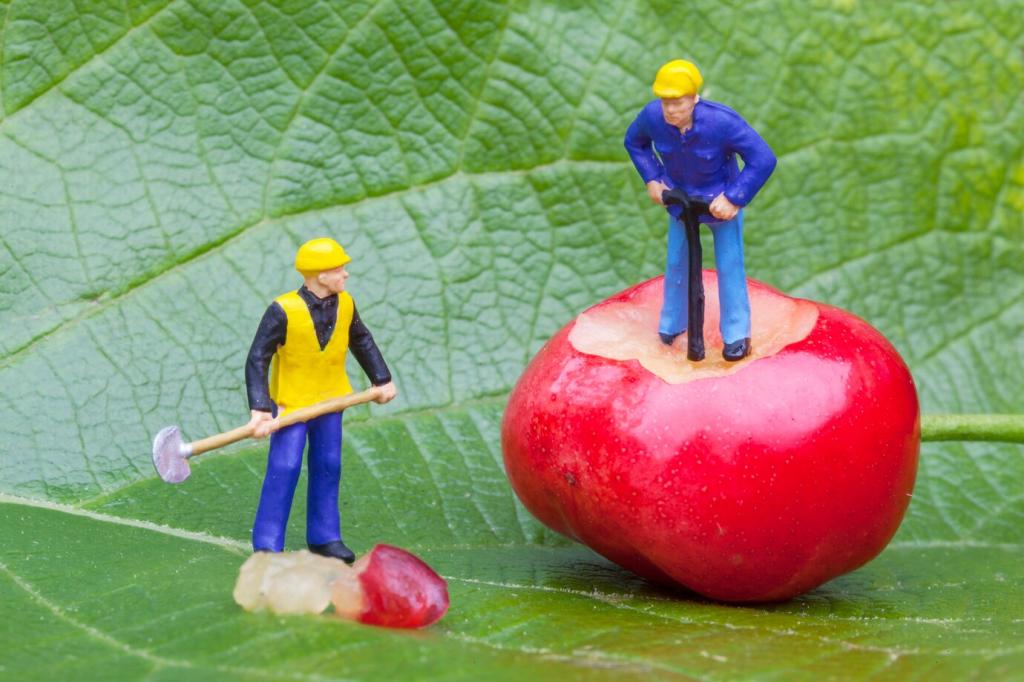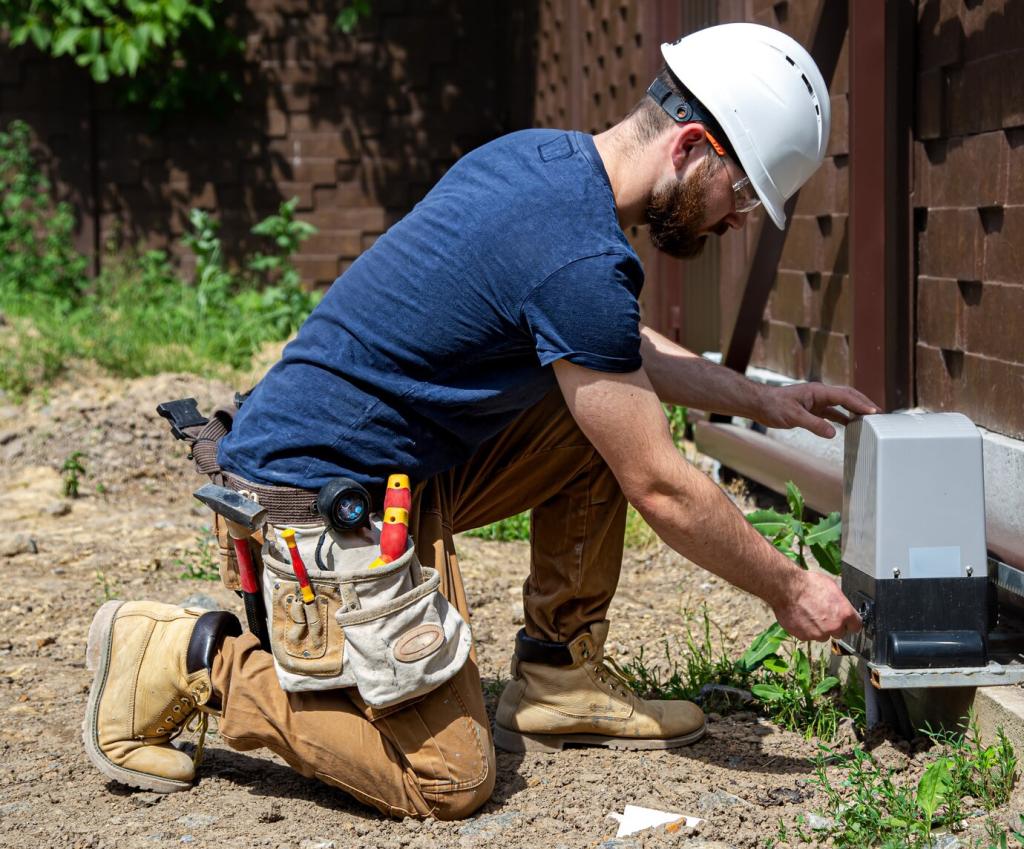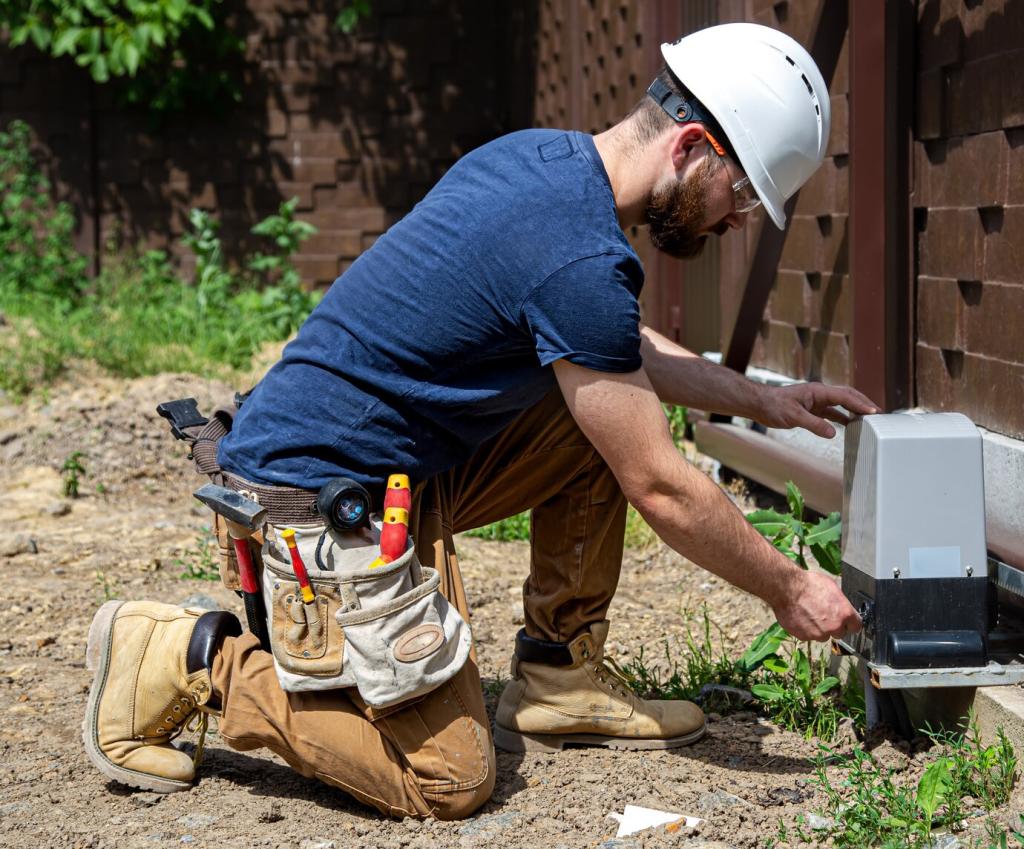
Homemade Natural Furniture Polish Recipes
Theme: Homemade Natural Furniture Polish Recipes. Bring back a warm, healthy glow to your wood with pantry-friendly blends, timeless techniques, and stories that make every polish session feel personal. Subscribe for fresh recipes and share your favorite scents with our community.

Why Go Natural for a Lasting Shine
Natural polish recipes keep volatile organic compounds low, so your home smells like citrus and honey instead of solvents. You choose the oils, waxes, and scents, adapting every batch to your furniture’s needs and your family’s sensitivities. Comment with the ingredients you already have, and we’ll suggest a tailor-made recipe.
Why Go Natural for a Lasting Shine
Polyurethane, shellac, lacquer, or oil-finished wood all behave differently. Test your recipe on a discreet spot and adjust ratios: add oil for thirsty wood, reduce acidity for delicate finishes. A tiny trial prevents streaks, cloudy patches, or accidental dulling, making your natural polish not just gentle, but smart.
Olive Oil + White Vinegar + Lemon Essential Oil
Whisk 2 parts light olive oil with 1 part white vinegar and 10–15 drops lemon essential oil per cup. The oil nourishes and adds sheen, the vinegar gently cuts residue, and lemon brightens the scent. Shake before use, apply sparingly, then buff. Share your ratio tweaks—more oil for dryness, less for already glossy finishes.
Orange-Peel Infused Vinegar Degreaser
Pack clean orange peels in a jar, cover with white vinegar, and steep for two weeks. Strain, then dilute 1:1 with water for grime. For a light polish, blend 3 tablespoons of the infusion with 1 tablespoon fractionated coconut oil. It’s superb for kitchen tables after dinners. Post your infusion photos to inspire others.
Coconut Oil Dusting Polish for Quick Touch-Ups
Combine 3 parts fractionated coconut oil with 1 part isopropyl alcohol and 6 drops sweet orange oil. The alcohol flashes off quickly, helping spread a whisper-thin layer that won’t feel greasy. Mist on a cloth, not wood. Buff immediately. Subscribe for our printable one-sheet of ratios sized for small spray bottles.
Beeswax and Carnauba: Creams, Balms, and Bars
Melt 1 part beeswax with 3 parts sweet almond or jojoba oil in a double boiler. Remove from heat, stir in 8–12 drops of lemon or lavender essential oil per cup, and pour into tins. Once set, massage a fingertip of cream into wood and buff. Comment if you prefer a softer texture; we’ll suggest oil adjustments.



Scent with Purpose: Essential Oil Add-Ins
Sweet orange, lemon, and grapefruit essential oils smell like sunshine and pair beautifully with vinegar-based polishes. Use 10–15 drops per cup of polish to avoid overpowering. Citrus notes can help cut residual odors from cooking. Tell us your favorite citrus blend and we’ll feature a community mix in our next newsletter.
Scent with Purpose: Essential Oil Add-Ins
Lavender softens sharp scents, while cedarwood adds warm depth and may discourage insects in drawers and wardrobes. Try 6 drops lavender, 4 drops cedarwood, and 2 drops rosemary per cup of polish. Diffused gently through buffing, the fragrance feels subtle, not perfumy. Comment where you use it—desks, nightstands, or bookshelves.
Technique Matters: Prep, Application, and Buffing
01
Remove dust with a microfiber cloth and a soft brush for crevices. Make sure surfaces are bone dry before polishing. If you’re using vinegar-based mixes, keep them off marble or stone, and always spray your cloth—never the wood. Subscribe for our prep checklist that fits neatly inside your cleaning caddy.
02
Use a lint-free cloth, apply a small amount, and move along the grain in gentle, overlapping passes. If you see smears, you used too much. Immediately switch to a clean cloth and buff until the surface feels dry and satiny. Post your buffing playlist—we love turning this ritual into a few songs of calm.
03
Weekly: quick dust and a light spray polish. Monthly: a deeper hand-buff with an oil blend. Seasonally: a wax cream for richer protection. This schedule keeps buildup minimal and glow steady. Comment with your climate—dry, humid, coastal—and we’ll recommend small tweaks to your routine for year-round consistency.
Gumminess usually means too much oil or old residue underneath. Lightly mist a cloth with a 1:1 vinegar–water mix and wipe, then immediately dry and buff. For shellac, go extra gentle and always test. Reduce oil next time and consider a wax cream instead. Share what worked so we can build a community guide.



Sustainable Jars, Labels, and Community Sharing
Save small jam and candle jars for creams and balms; use amber glass for oil-heavy blends to reduce light exposure. A few drops of vitamin E per cup can slow oxidation in oils. Clean jars thoroughly, dry completely, and store polishes cool. Show us your jar collection—creative storage sparks creative polishing.
Sustainable Jars, Labels, and Community Sharing
Note the recipe, date, and scent on every jar. Oil-based polishes often last 3–6 months; infused vinegars longer when strained. If textures separate oddly or smells turn off, mix fresh. Keep a simple log of what each piece of furniture likes. Share your label templates and help others stay consistent.
